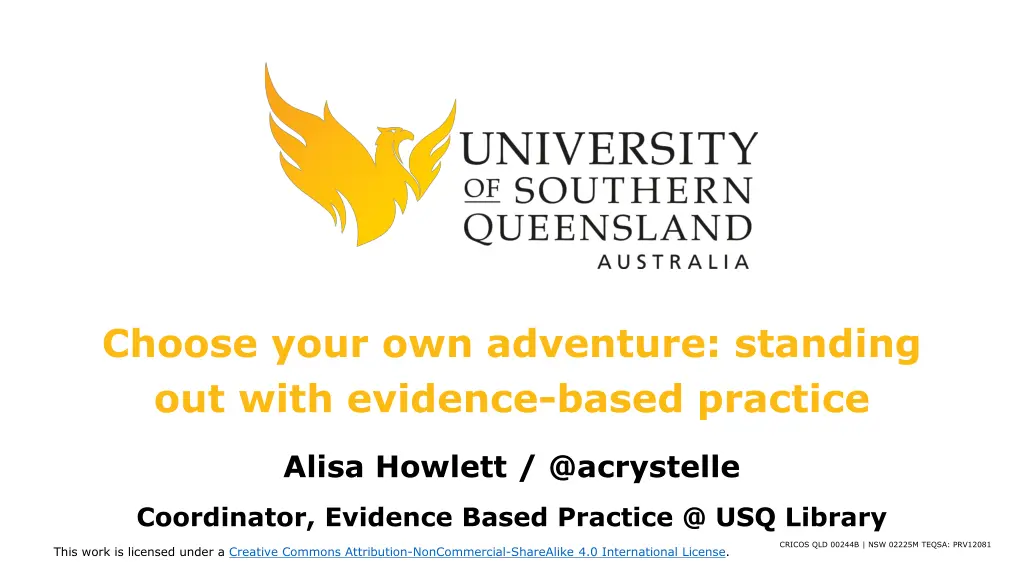
Evidence-Based Practice for Professional Growth
Explore the evidence-based practice process with real-life scenarios to see how it can be applied in day-to-day work effectively. Understand the structured approach to decision-making and service improvement, incorporating research evidence, local evidence, and professional knowledge. Engage in activities like evidence gathering and applying evidence to enhance critical thinking and decision-making skills.
Download Presentation

Please find below an Image/Link to download the presentation.
The content on the website is provided AS IS for your information and personal use only. It may not be sold, licensed, or shared on other websites without obtaining consent from the author. If you encounter any issues during the download, it is possible that the publisher has removed the file from their server.
You are allowed to download the files provided on this website for personal or commercial use, subject to the condition that they are used lawfully. All files are the property of their respective owners.
The content on the website is provided AS IS for your information and personal use only. It may not be sold, licensed, or shared on other websites without obtaining consent from the author.
E N D
Presentation Transcript
Choose your own adventure: standing out with evidence-based practice Alisa Howlett / @acrystelle Coordinator, Evidence Based Practice @ USQ Library CRICOS QLD 00244B | NSW 02225M TEQSA: PRV12081 This work is licensed under a Creative Commons Attribution-NonCommercial-ShareAlike 4.0 International License.
Todays aims: Explore the evidence-based practice process with real-life scenarios Help you to see how evidence-based practice can be incorporated into day-to-day work (not a one-off ) Inspire curiosity Twitter: @acrystelle
What is evidence-based practice? a structured process of articulating questions or problems, collecting, interpreting and applying valid and reliable evidence to support decision making and continuous service improvement in professional practice. Howlett and Thorpe, 2018 Twitter: @acrystelle
What is evidence? Research evidence Local evidence Professional knowledge re-created from Koufogiannakis, D. 2011. Considering the place of practice- based evidence within Evidence Based Library and Information Practice (EBLIP). Library and Information Research, 35(111), 41-58. Twitter: @acrystelle
What does EBP look like? Usually not a linear process Interpreting our context; understanding our community (Koufogiannakis, 2015) A mindset, a way of being a professional, looking outward and around (Partridge et al, 2010; Wilson, 2013; Gillespie, 2014) Being strategic and critical of what informs our work and what tells the story Twitter: @acrystelle
Activity 1: Evidence gathering (7 minutes) For scenario 1: Read the scenario Read the scenario and consider the evidence. Consider the evidence Consider what the question or Identify best available evidence to problem might be. meet the need in your scenario Agree on the question or problem needing investigation. Twitter: @acrystelle
Activity 2: Applying evidence (7 minutes) Review the evidence you have identified might inform your scenario. Identify your next steps to: collect other evidence make a decision share your story with stakeholders take other action Twitter: @acrystelle
Your backpack: Resources Workshop materials, including presentation slides and activities: acrystelle.com Other useful resources: Koufogiannakis, D., & Brettle, A. (Eds.). (2016). Being evidence based in library and information practice. London England: Facet Publishing. Gillespie, A., Miller, F., Partridge, H., Bruce, C., & Howlett, A. (2017). What Do Australian Library and Information Professionals Experience as Evidence? Evidence Based Library & Information Practice, 12(1), 97-108. doi:https://doi.org/10.18438/B8R645 Grieves, K. (2017). Generating bespoke value and impact evidence to inform a thought-leadership approach to service engagement. Paper presented at the 12th International Conference on Performance Measurement in Libraries, Oxford. http://programme.exordo.com/northumbria12/delegates/presentation/24/ Twitter: @acrystelle
Your backpack: Practical tips Analyse and interpret your data/evidence! Ask what stands out here? Pull your question or need apart identify key stakeholders and what you are asking as this will inform your method (eg. survey questions) Explore and consider other possible evidence sources (eg. is a survey the best way to gather what you need?) It is okay to go back and forth in the EBP process it is not linear in reality! Twitter: @acrystelle
This work is licensed under a Creative Commons Attribution-NonCommercial-ShareAlike 4.0 International License. For more information: Alisa Howlett alisa.howlett@usq.edu.au / @acrystelle / acrystelle.com CRICOS QLD 00244B | NSW 02225M TEQSA: PRV12081

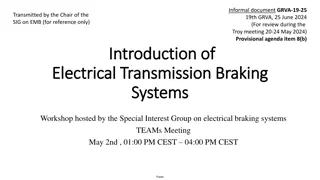

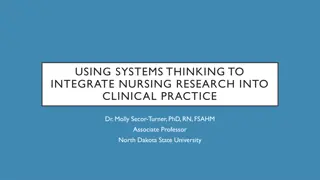

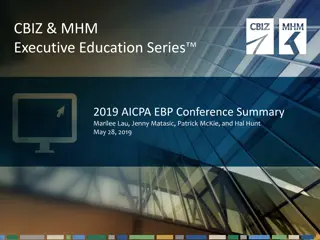
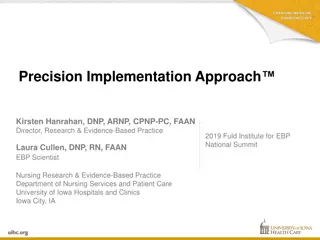
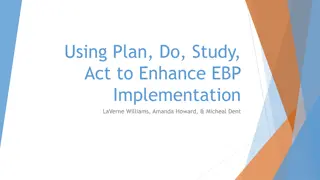

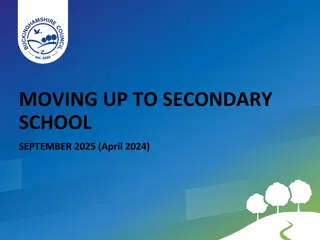
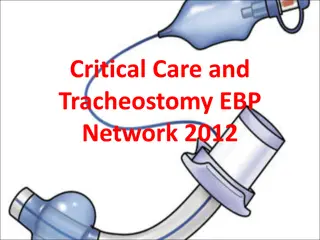


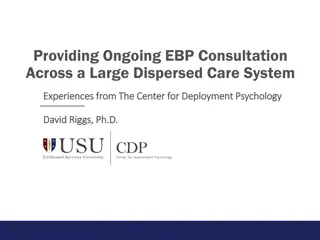


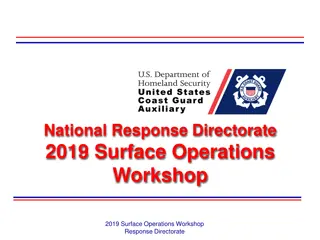
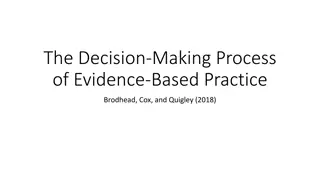
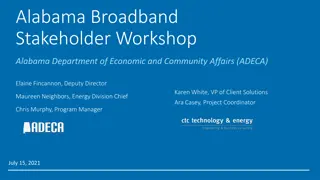

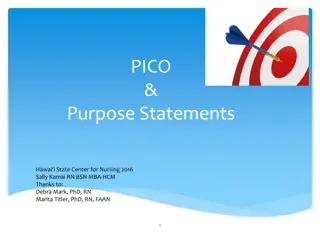
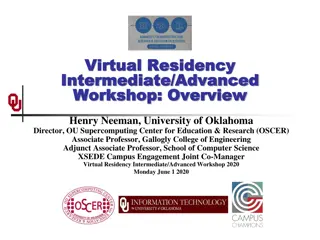
![Thinking outside the [mirror] box](/thumb/274498/thinking-outside-the-mirror-box-ppt-presentation.jpg)